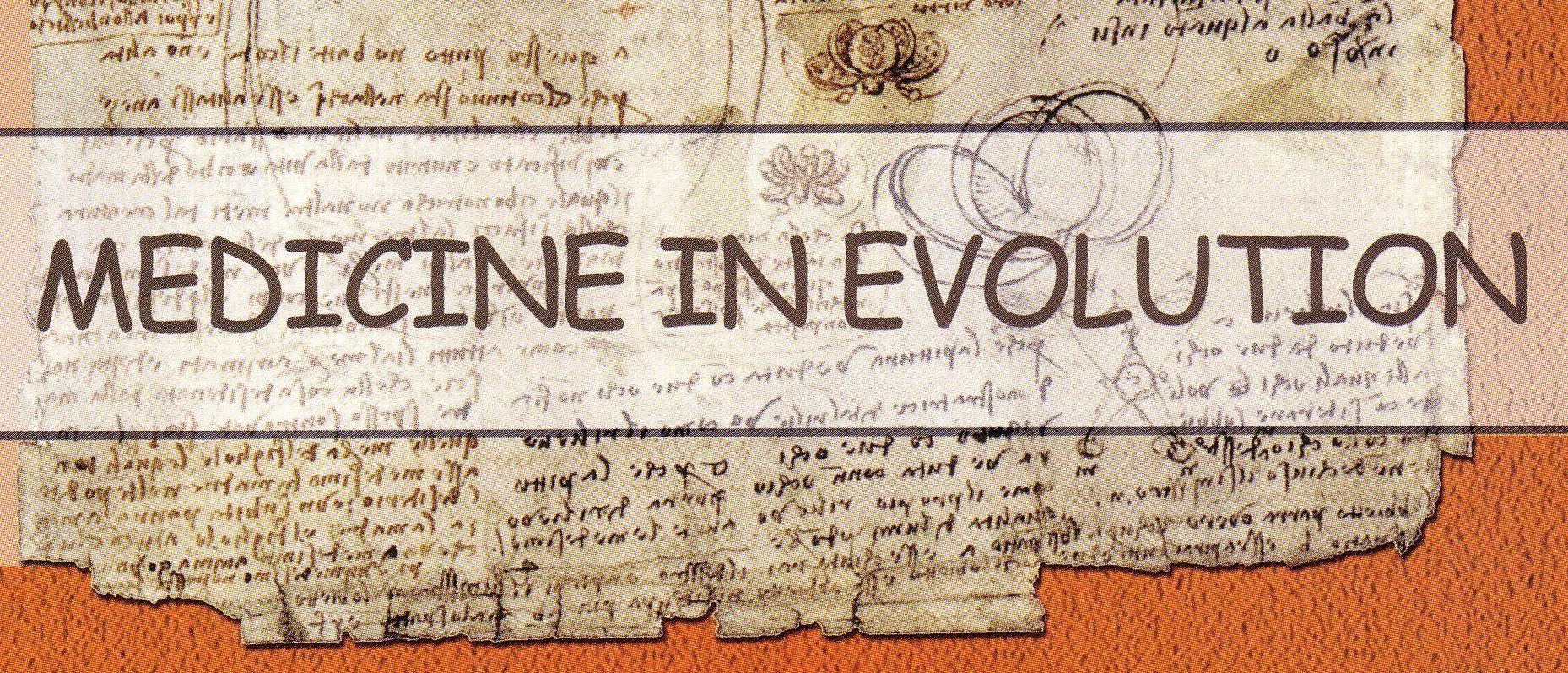|
Medicine in evolution
|
- Abstract - The control of anchorage is one of the most critical factors in orthodontic treatment. The reinforcement of an anchorage usually needs a complicate biomechanics and a patient compliance. Also, there are many times when absolute anchorage is needed. But, considering Newton’s Third Law, it is virtually impossible to achieve absolute anchorage condition in which reaction force producing no movement at all, especially with intraoral anchorage. Thus extraoral anchorage, such as head gear, is traditionally used to reinforce anchorage. However, the use of extraoral anchorage demands full cooperation of patient as well as 24 hours of continues wear which cannot be done. Therefore, it is extremely difficult to attain excellent result without compromising treatment in some way.Therefore, to treat patients without patients’ compliance, clinicians and researchers have tried to use skeletal anchorage. Gainsforth and Higley(1945) placed metallic vitallium screws in dog ramus as anchors and applied elastics to the maxillary arch wire for distalization of maxillary dentition as long ago as 1945. However, all screws were failed within one month. After Branemark and co-workers reported successful osseointegration of prosthodontic implants in bone, osseointegrated implants have been used as intraoral orthodontic anchorage, but their usage has many limitations for routine orthodontic practice.
Webmaster: Creanga Madalina |
|---|---|
